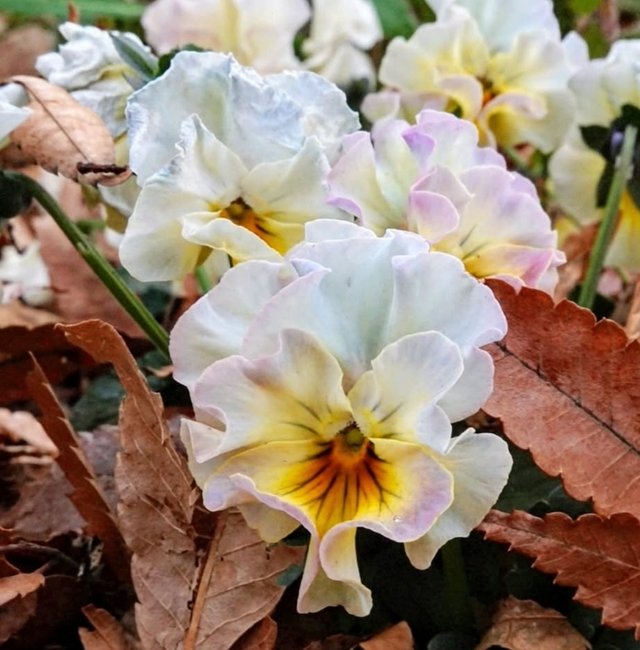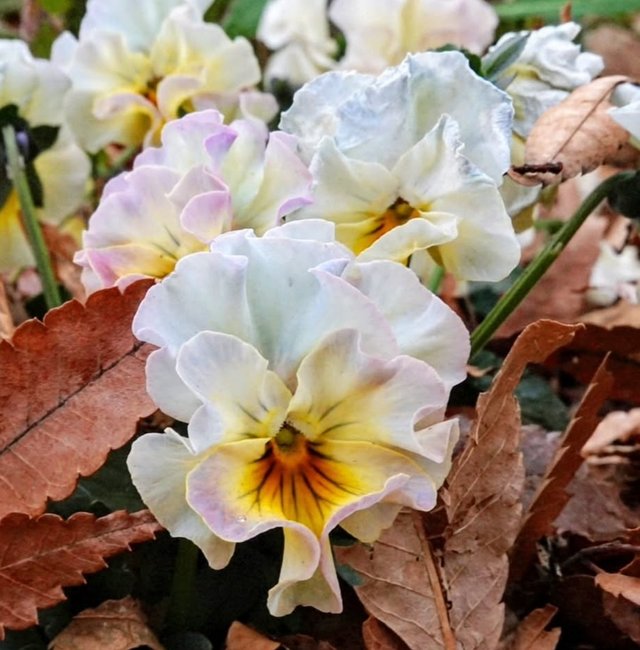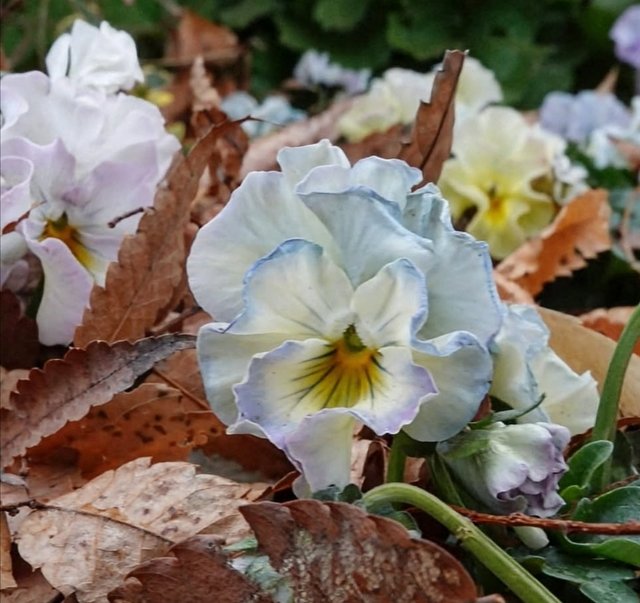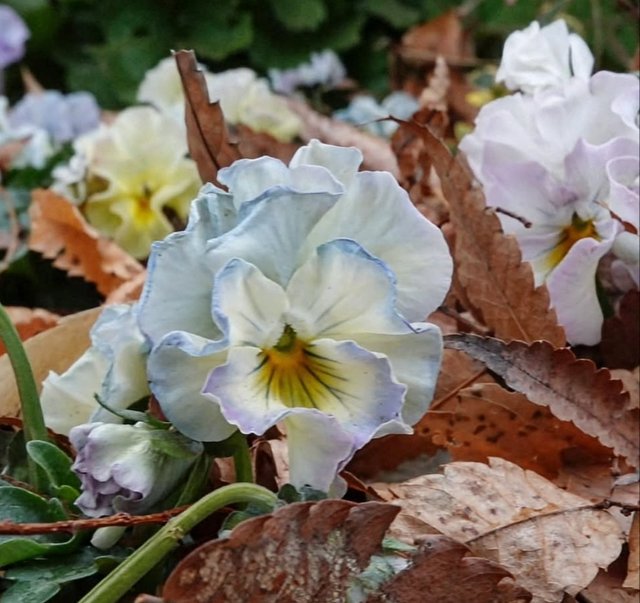So Beautiful Viola Kitaibeliana Flower
Viola kitaibeliana: A Hidden Gem of the Plant Kingdom
The natural world is home to countless plants, each with unique characteristics and ecological significance. Among them is Viola kitaibeliana, a diminutive and delicate species that has captured the interest of botanists and nature enthusiasts alike. Despite its small size, this plant plays an essential role in the biodiversity of its habitat and is a symbol of resilience and adaptability.
Taxonomy and Naming
Viola kitaibeliana belongs to the Violaceae family, a group that includes the well-known violets and pansies. It was named in honor of the Hungarian botanist Pál Kitaibel, who made significant contributions to the study of Central European flora. The species epithet kitaibeliana reflects this tribute, highlighting its discovery and scientific importance.
Physical Characteristics
This annual herbaceous plant is known for its small stature, rarely exceeding 5–10 cm in height. Its delicate flowers, which are typically 5–8 mm in diameter, are a defining feature. The flowers are pale violet or lilac with a characteristic yellow throat, often accented by darker veins that serve as nectar guides for pollinators. The leaves are small, ovate, and slightly toothed, growing in a basal rosette that gives the plant a compact and unobtrusive appearance.
Despite its modest size, Viola kitaibeliana is a striking example of nature's intricacy, with its finely detailed flowers perfectly adapted to attract pollinators such as small bees and flies.
Habitat and Distribution
Viola kitaibeliana is native to parts of Europe and Asia, with its range extending from Central Europe to the Middle East. It is typically found in dry, open habitats, such as grasslands, steppes, and rocky slopes. The plant thrives in sandy or calcareous soils with low nutrient content, often growing in areas where other plants struggle to survive.
Its preference for these challenging environments makes it an indicator species for certain types of ecosystems, particularly those characterized by minimal human disturbance and high biodiversity.
Ecological Role
As a part of its ecosystem, Viola kitaibeliana plays a critical role in supporting pollinator populations. Its flowers provide an essential food source for insects during the spring and early summer when other plants may not yet be in bloom.
Additionally, the plant’s seeds are dispersed through a process known as myrmecochory, where ants carry the seeds to their nests, attracted by the nutritious appendage called an elaiosome. This mutualistic relationship not only ensures the spread of Viola kitaibeliana but also contributes to soil aeration and nutrient cycling.




Thanks For Reading
Device Information
| Device | Redmi Note 10 Pro |
|---|---|
| Lens | 64 mp |
| Location | Bangladesh |
%20(7).jpeg)